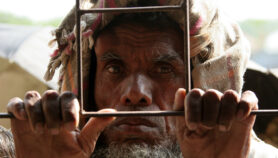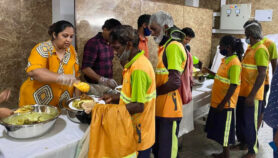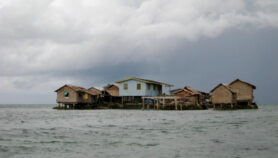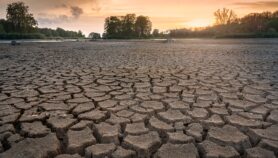27/10/18
Hospitals need healing first
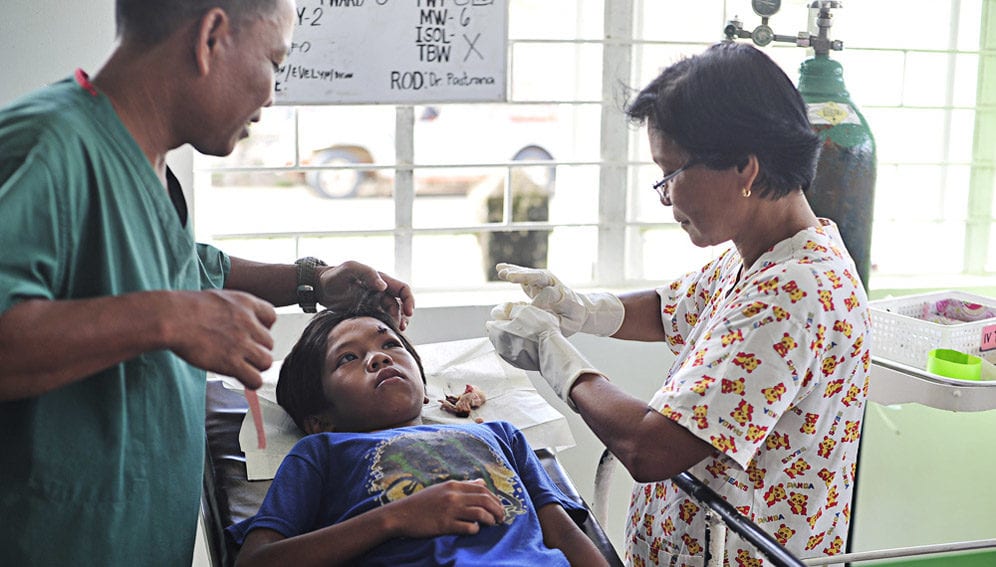
By: Crispin Maslog
Send to a friend
The details you provide on this page will not be used to send unsolicited email, and will not be sold to a 3rd party. See privacy policy.
Medical facilities need special protection in order to be functional during natural or manmade disasters.
When disaster strikes, the first thing that comes to mind is saving lives — rushing the injured and the dying to hospitals. But where are the hospitals?
In some cases, the hospitals may be disaster victims themselves. The health workers may be injured, with the result that health services cannot be provided when they are most needed.
“It is imperative, therefore, that hospital builders do not cut corners in the construction of the buildings. They need to make sure that they meet the highest standards to withstand earthquakes and storms”
Crispin Maslog
The WHO (World Health Organisation) saw this danger as early as two decades ago and urged the construction of durable, disaster-resilient hospitals in safe zones. (1)
This vision becomes more relevant today as we enter the new “age of disasters”— man-made and natural. Only last September we witnessed a developed country like Japan withstand Jebi, the strongest typhoon to hit the country in 25 years, while disaster-prone Indonesia reeled from the impact of a 7.5 quake, followed by a tsunami that killed at least 1,500 people.
This past decade, two major disasters — the 2004 Asian tsunami and Super Typhoon Haiyan (2013) —wiped out about a quarter million people in Indonesia, India, the Philippines, Thailand, Sri Lanka, Vietnam and nearby countries. It is not hard to imagine how many hospitals, health facilities and health workers were washed away in these two disasters.
Making hospitals safe
It makes sense, therefore, to make hospitals disaster-resilient.
First consideration for making a hospital safe is its location. From personal experience, I know that safe locations are farthest from the minds of medical practitioners and entrepreneurs when they plan to build private hospitals. Their first consideration is price of the land on which to build. They realise the danger only when a major disaster strikes.
While the Department of Health guidelines do provide that location should be considered in deciding the location especially for building government hospitals and health facilities, in practice these guidelines are honoured more on the breach than in observance. It is time that we become more serious in imposing existing guidelines.
The second consideration is the durability and quality of the hospital building and facilities. WHO says that hospitals take up to 70 per cent of ministry of health budgets — and this can easily be lost when poorly constructed or maintained hospitals are destroyed or damaged by storms or floods.
The WHO is encouraging member countries to implement A Safe Hospital Programme as part of a country’s strategy for disaster risk reduction and emergency and disaster risk management for health.
It is imperative, therefore, that hospital builders do not cut corners in the construction of the buildings. They need to make sure that they meet the highest standards to withstand earthquakes and storms. While it’s in the building codes, it is about time that the standards be strictly implemented and violators prosecuted to the extent of the law.
In addition, governments should provide for the security and well-being of health workers and patients and ensure that hospitals are able to function during emergencies. Hospitals can be made more resilient by increasing the reliability of facilities, power and water supply systems and control harmful waste.
Hospital resilience in Asia
It is understandable to think that high-income countries such as the U.S. have better infrastructure and systems to cope with disasters, especially the capability to supply medical services during disasters.
But even the U.S. has problems. According to a Johns Hopkins School of Public Health report, although the U.S. “healthcare system is undoubtedly better prepared for disasters than it was before the events of 9/11, it is not yet well prepared for a large-scale or catastrophic disaster. Just as important, other segments of society that support or interact with the healthcare system and that are needed for creating disaster-resilient communities are not sufficiently prepared for disasters.” (3)
Other countries in the developing world are only beginning to think about the problem.In China, which has been severely affected by multiple natural and man-made disasters and pandemics of infectious diseases, disaster management research into the health system is still in its infancy.
In South East Asia, perhaps the most disaster-prone area of the world, we are just beginning to think safe hospitals. We have a lot of catching up to do.
[REFERENCES]
1. International Federation of the Red Cross and Red Crescent Societies, Geneva, Switzerland, quoting Make communities more disaster resilient: WHO, 6 June 2012, Bangkok.
2. Comprehensive Safe Hospital Framework, World Health Organisation, 2015.
3. A Framework for Healthcare Disaster Resilience, by Johns Hopkins Bloomberg School of Public Health, 2018.
Crispin C. Maslog, former journalist with Agence France-Presse, is an environmental activist and former science professor, Silliman University and University of the Philippines Los Baños, Philippines. He is a founding member and now Chair of the Board, Asian Media Information and Communication Centre, Manila.
This piece was produced by SciDev.Net’s Asia & Pacific desk.





